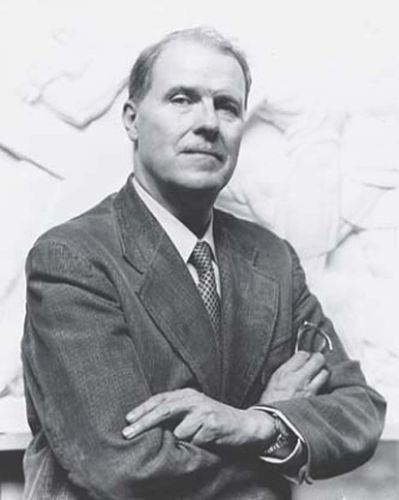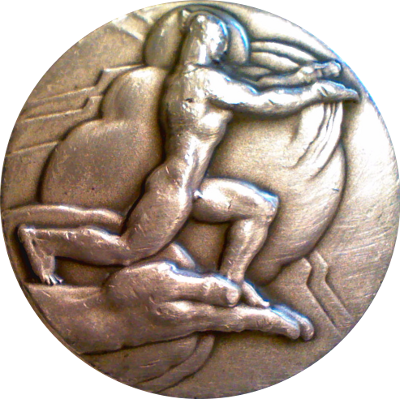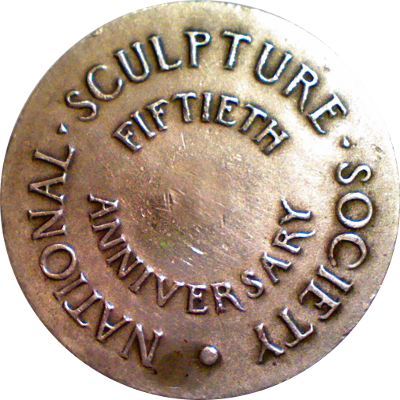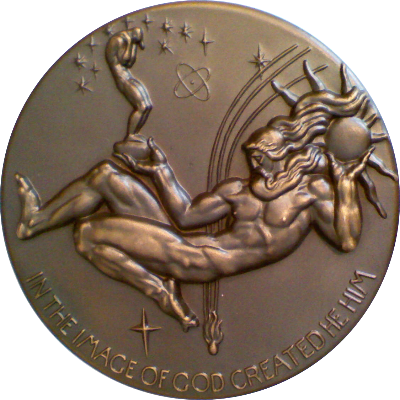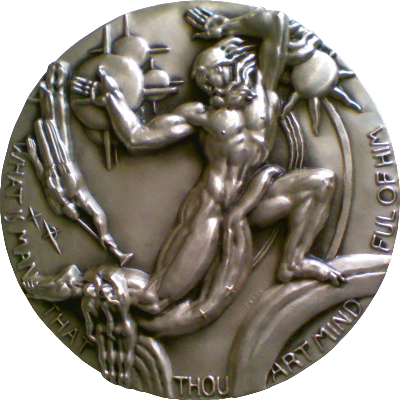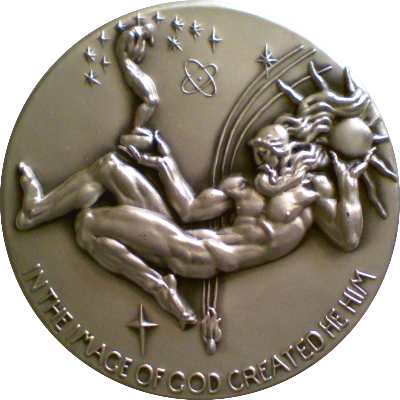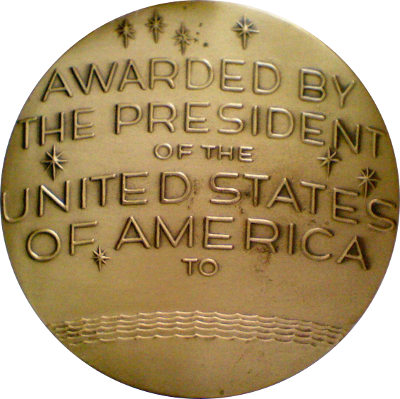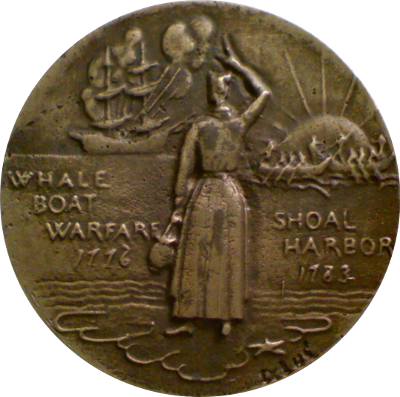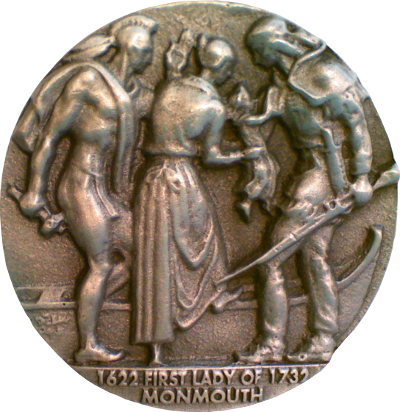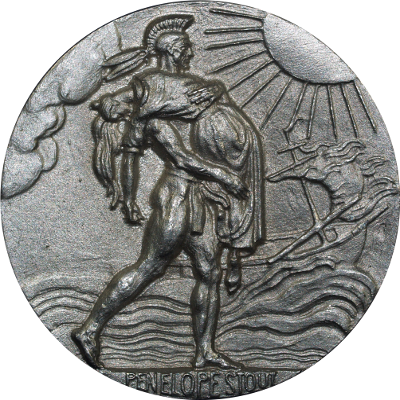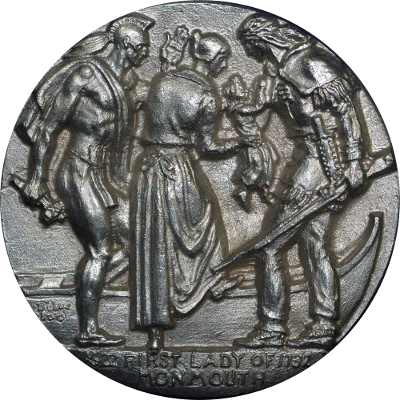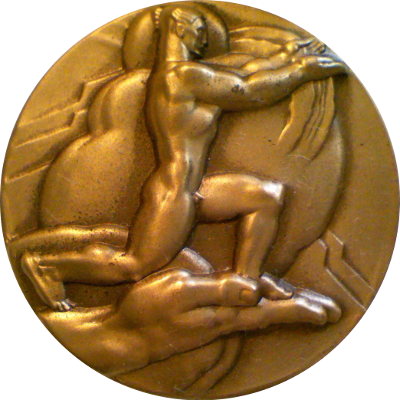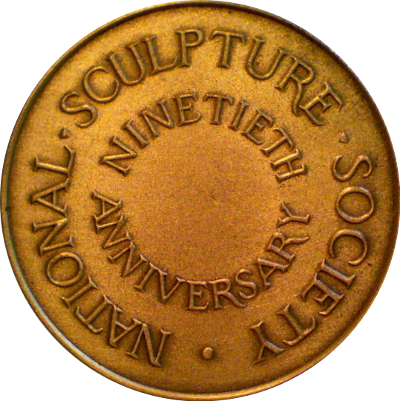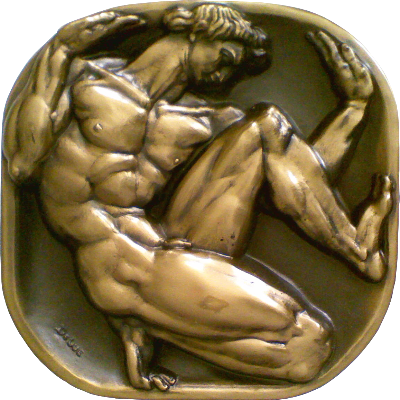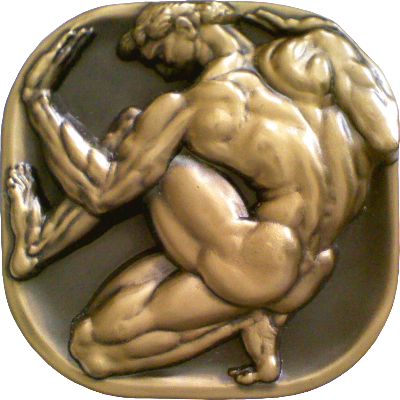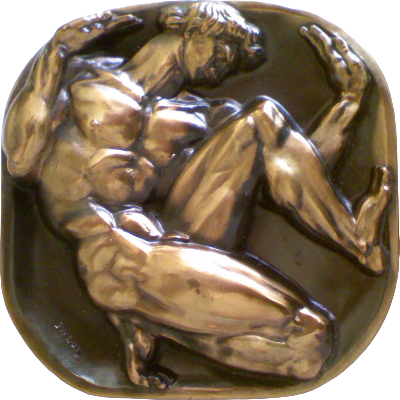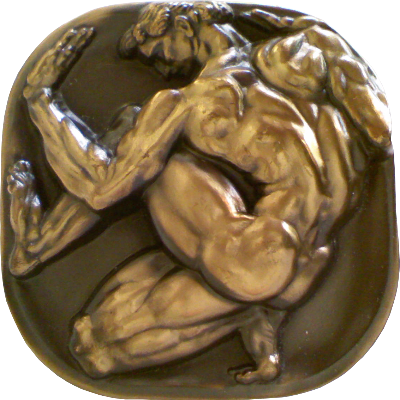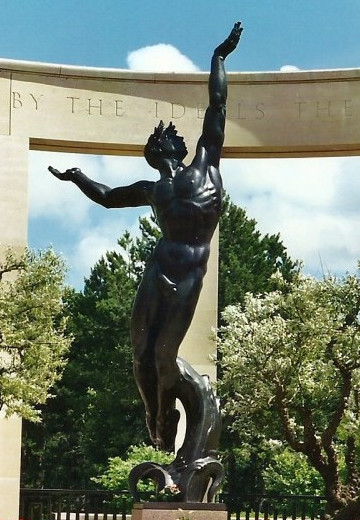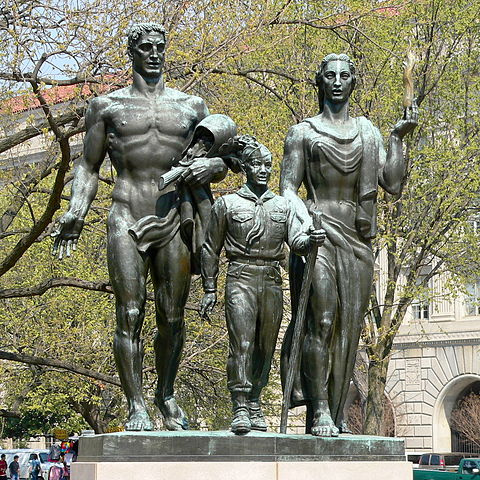Born Donald H. Quigley in Boston, the artist took the name De Lue in 1918 from the maternal side of his family. At an early age he studied with Bela Pratt at the Museum of Fine Arts, Boston, but most of his training came from working in the studios of older sculptors. In Boston De Lue spent three years with Richard Recchia, and another three with the Englishman Robert P. Baker. After World War I he set sail to France as a a merchant seaman. He would spend five years in France, where he worked for several sculptors, including Alfredo Pina.
Returning to the United States in 1922, De Lue served for about eleven years as chief assistant to Bryant Baker in New York City. At age 36, in what must be called the most transformative event in his life, De Lue married Martha Naomi Cross. She managed to transform him from a hard-drinking, free-spending artist into a disciplined worker who settled down and saved his money. Thus De Lue's most successful period begins with his marriage.
He first won recognition in 1938 when he was runner-up in a competition for the Federal Trade Commission Building in Washington, D.C. This led to several government commissions, the first of which were reliefs for the Philadelphia courthouse, completed in 1940. In the next almost fifty years, De Lue probably executed more monumental commissions than anyone else of his generation. Among his works are Spirit of American Youth Rising from the Waves for the Omaha Beach Memorial in France, Rocket Thrower for the 1964 World's Fair in Flushing Meadows, New York and the Boy Scout Memorial in Washington D.C. He was also an accomplished medalist and a member of the National Sculpture Society. He executed 26 commemorative medals for the Hall of Fame for Great Americans, the Daughters of the American Revolution, and the National Medal of Science, among many others.
His unapologetically representational and monumental style put him at odds with modern tastes and trends in art and sculpture. In one New York Times interview in 1951 he said about abstract vs. representational sculptors:
"We don't like each other. They think we're old hat and we think they're incompetent."
De Lue and his wife remained childless by choice so he could pursue his work while she acted as his business agent. De Lue survived his wife by six years to die in 1988. He and his wife are buried in Old Tennent Churchyard in Monmouth County.
Sourced from Wikipedia and several on-line articles listed in the Resources section.
